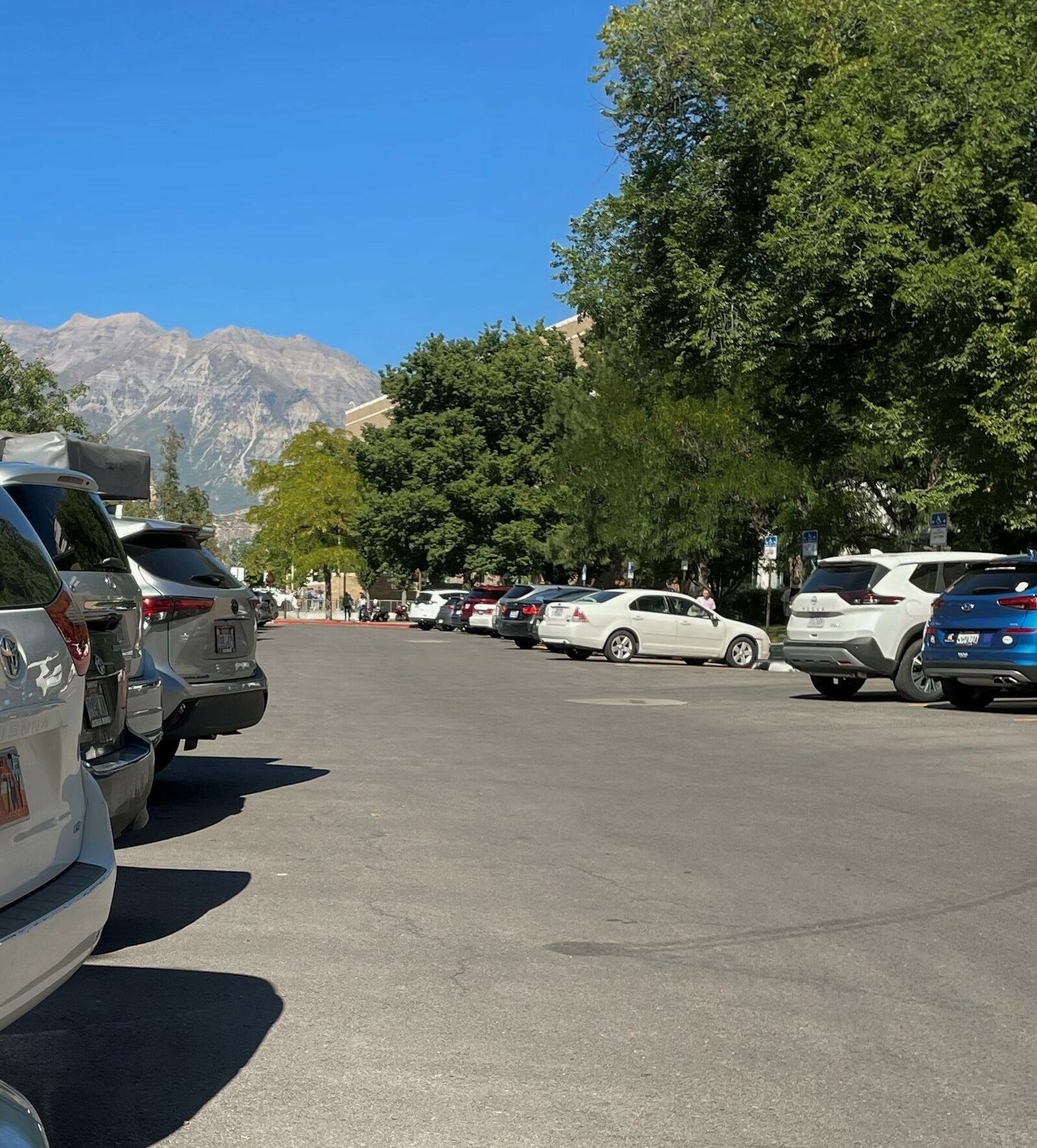
With vehicle sales approaching pre-pandemic levels, there does not appear to be a decline in vehicle dependency, but Utah, Provo and BYU continue to make efforts to support sustainability and increase public transportation options.
Current policy trends point to a future without gas-powered vehicles. In 2021, President Biden announced plans to incentivize cleaner energy sources for vehicles which would result in 50% of vehicle sales being electric by 2030.
Since then, some states have independently adopted some sort of ban on gas-powered vehicles, with most of these policies taking effect in 2035 or earlier. California for example, has set a goal of reducing emissions by 40% relative to levels in 1990 by 2030.
President Biden’s announcement however, would mean 67% of new car sales would have to be electric by 2032 — only 10 years from now.
A lot of students already use public transportation instead of their own vehicles, and among students there seems to be a generally positive impression of Provo and BYU’s public transportation.
“The Y-Ride shuttle is vital to making campus function for a large number of students,” Matthew McNairy said, a philosophy major from Orem Utah.
The Y-Ride shuttle is a privately owned shuttle service that BYU contracts during the Fall and Winter semesters. The Y-Ride stops at high-density housing farther from campus and then stops at key points on campus, such as the Museum of Art and the Ernest L. Wilkinson Center. This shortens the commute from up to 30 minutes, down to five.
The UVX bus, which is free to students, stops directly at the train station. Both are free to students with school ID, as part of the UTA system.
“It’s reliable and clean. I love that I can get on a bus and a train and make it all the way to Salt Lake City or even to the airport,” Lily Gunn, an economics major at BYU, said.
“I am so grateful it is free. It’s what makes me not have a car today — I just don’t need it.” BYU student Sarah MaGill said, a communications studies major from Arizona.
For non-students, the cost of a monthly UVX pass ($45) still massively undercuts the average monthly cost of owning a vehicle — estimated at about $1200 by an online calculator. This calculator includes car payments, gas, insurance, fees, maintenance and depreciation of the vehicle. For students who can ride the train or bus for free, this difference is even more substantial.
While policy changes surrounding limitations on gas powered vehicle sales leave an obvious route to turning to electric vehicles, these vehicles still have a carbon footprint, although smaller.
Where electric vehicles have a smaller carbon footprint than gas powered vehicles, carpooling, even in gas powered vehicles, reduces this footprint even further.
BYU’s recent increase in parking costs only further incentivizes less dependence on a personal vehicle, thus encouraging students to walk, bike or take the bus to class. Similarly, UVX continues to work to improve the public bus system in affordability, accessibility and expanse.




